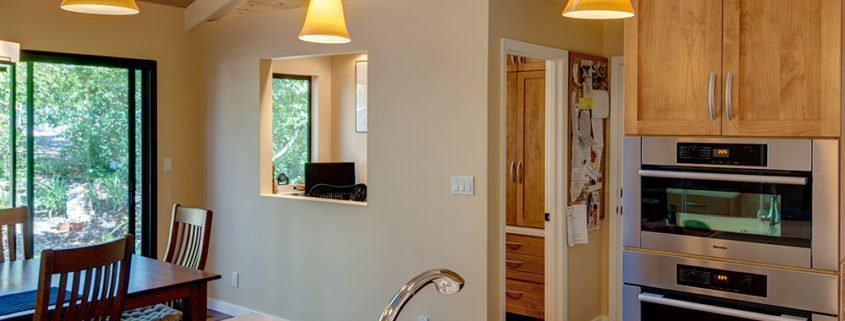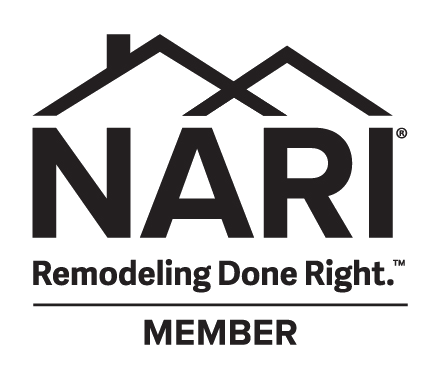Wireless Lighting Controls and Home Automation
Wireless controls for lighting and home automation are gaining popularity in home remodeling features. Once you’ve used a remote to turn down the lights or turn up the volume on your sound system, you’ll probably be hooked. Wireless functions go far beyond the convenience of making adjustments without getting up out of your chair, however.
Consider the different lighting and electrically powered items you use each day. Most of them can probably be added to an automated system to reduce inconvenience and the repetition of turning them on and off. Some of these features can be incorporated into a home security system, while others are operated by separate controls. The number of wireless automated devices available on the market is constantly evolving. Your system can be set up to accommodate newer products and models as they become available.
Activity Choices
When choosing which items you want to have control with a wireless timer, think in terms of indoor and outdoor lighting, thermostats, pools, hot tubs, warm floors, security cameras and home surveillance. Use remote control devices from inside or outside the house to turn on specific lights and small appliances. You can also add motion detector alarms to items like cabinets with cleaning supplies or medicine cabinets to help keep kids and toddlers safe. Room-to-room intercom systems are another convenience feature that adds peace of mind for parents or convenience for those with spacious homes. Trigger automation is another option; turn on certain lights when the garage door activates or turn on the deck lights when the sliding door opens.
Types
Wireless devices typically work on a radio frequency (RF). There are three main types of wireless control, Z-Wave, Insteon and X-10. They can be combined with wired automation or stand alone with wireless capabilities, depending on which system you choose to use. Controllers for automated systems come in the form of remote controls, wall switches and tabletop panels. Some wireless speakers and home entertainment systems require hard wiring to create a signal that can be used by wireless remote control devices.
Remotes for Convenience
Dimmer switches powered by remote can raise and lower lighting and sound for everything from kitchen lights to home entertainment. When planning your home remodeling project, do a room-by-room survey with your design-build contractor to cover all of your potential needs.
Energy Conservation
If you’re aiming for greener energy usage, use automatic timers for scheduling the thermostat, towel and floor warmers, and outdoor lighting. Motion sensors can also trigger lights and fans to turn on and off when someone enters or exits the room.
The choices in home automation and wireless controls are practically endless. If you’re not sure which systems you want to control or what the most effective RF or wired signals are for your lifestyle, discuss it with a Bay Area design-build contractor.






